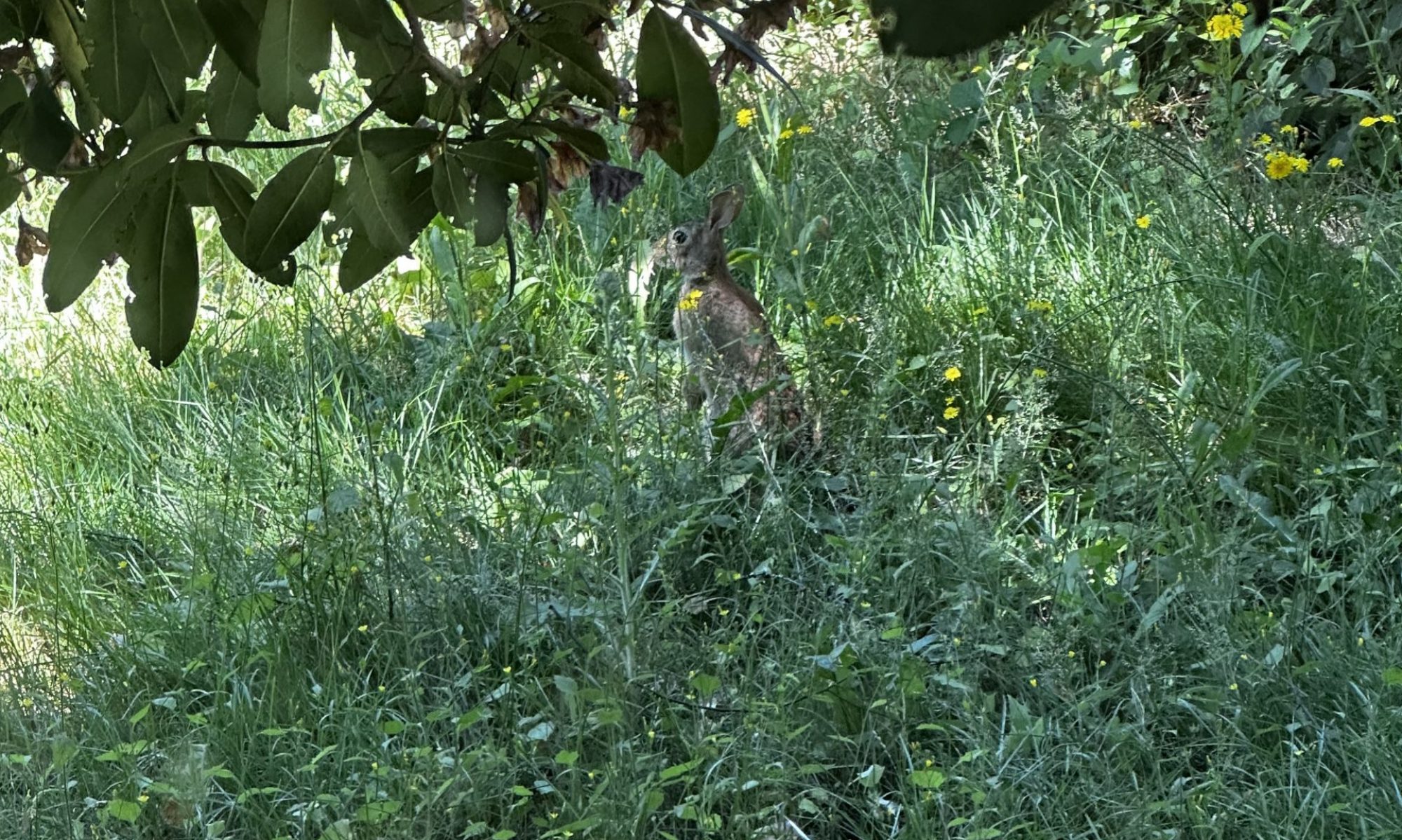Knowing how to be solitary is central to the art of loving. When we can be alone, we can be with others without using them as a means of escape. ~Bell Hooks
I get so god damn lonely and sad and filled with regrets some days, but I’m learning to breathe deep through it and keep walking. I’m learning to make things nice for myself. Slowly building myself a home with things I like. Colors that calm me down, a plan to follow when things get dark, a few people I try to treat right. I don’t sometimes, but it’s my intent to do so. I’m learning.I’m learning to make things nice for myself. I’m learning to save myself.
I’m trying, as I always will. ~Charlotte Eriksson
Wildflower; pick up your pretty little head,
It will get easier, your dreams are not dead. ~Nikki Rowe
This year, and honestly for the past several years, I’ve been looking at the ways we all relate with each other. The ways I relate in my relationships. In my intimate, sexual relationships. In my intimate, non-sexual relationships. My relationships with my children. Family. The grocery store clerk. And of course with my Self.
I’ve been looking at the ways We relate to each other online too. The ways oppression and authoritarian behavior seeps out in social justice spaces. The ways we bully. the ways we disregard the humanity of the people on the other side of our screens. As well as the ways we support each other, the ways we come together in solidarity, the ways we show love and appreciation for others, their work in the world, and their general Being in the world.
I am fascinated, horrified, and inspired by the ways we all interact and relate with each other. There are moments of beauty and there are moments of pure ugliness. There are times when it seems we all rise above our own wounding and find ways to connect. There are times when our wounding and trauma gets the best of us and we cause more harm.
We are all human. We all cause harm to each other, intentionally and unintentionally. We all feel harmed at times, whether harm was actually inflicted or not.
This is what it is to relate with other people. It is messy and complex and painful and gorgeous and amazing.
For those of us who have complex trauma coursing through our being (and let me be clear, I really believe that is the majority of us humans), it can be even more tricky and complicated. We have all these personal wounds that are exacerbated by our culture. We don’t have role models for how to relate with people in loving and harmless ways.
And even the most self-aware of us have our moments of unawareness. We all have places where our wounding seeps out, especially if we don’t process it, if we don’t have a place of support to do that extra work we need to do to unravel the harm caused us, so that we don’t continue to perpetuate harm. If we don’t have people who don’t have their own agenda and Opinions about what our lives should look like.
It can be all too easy to succumb to Group Think.
I do believe that we have a collective Consciousness as well as a collective Unconscious that we all draw upon. A deep collective knowing and memory. That is not what I’m talking about when I say Group Think.
Group Think can go against our own individual deeper knowing. It often stems from each individual’s own wounding and the tools we each developed to protect ourselves from that wounding. This can show up when a group of friends gives us advice that goes against what we know to be true for ourselves. Or when a group of people online, who don’t have all the information, decide to make judgments and attacks on an individual.
Group Think is relatively mindless, generally each person feels a sense of righteousness, and causes harm.
Resisting Group Think can sometimes be incredibly challenging. When everyone around you is telling you that your own perspective, your own experience, your own inner knowing, is all wrong we can start to doubt ourselves. We can start to question ourselves.
This isn’t wholly bad. Part of being self-aware and conscious is to question ourselves, to look deep and see if the comments, critiques, or advice of others do resonate with us, if there is some (or a lot of) truth in what they are saying. It is good to be reflective, to sit in the pause, to be curious.
And.
It is not good when others influence us in a way that causes us to go against what we know to be true of and for ourselves. It is not good when we start to think that what we experienced didn’t happen or didn’t matter, that our perspective is invalid, or that what we actually want isn’t what we (should) want.
We all lose our way in Group Think sometimes. We all are influenced by others in ways that cause us to forget who we are and want to be for a moment. This is part of being human and having a basic need for a sense of belonging.
And.
We can all do the work we need to break these cycles and patterns of losing our Self on the one side and of projecting our own wounding onto others on the other.
It is a practice to break these cycles. We’ll each fuck up. Hopefully when we do, we can make amends and repair. Which is a whole other practice in and of itself.
/../
This essay was originally published in my weekly(ish) newsletter on November 10, 2019. It has been edited and revised for publication here. To receive my most recent essays you can subscribe here.
